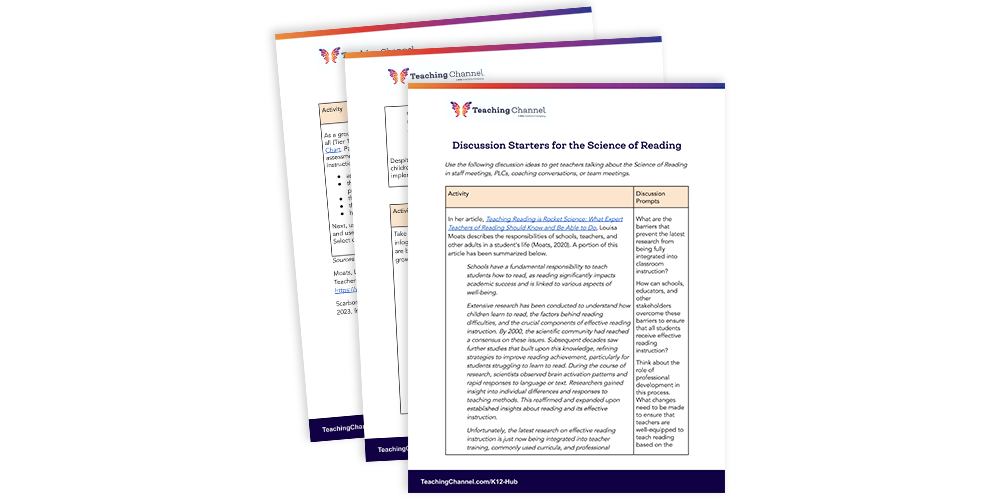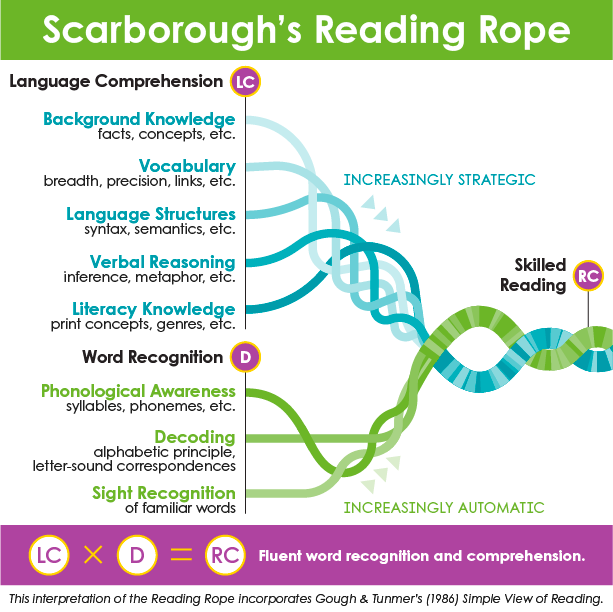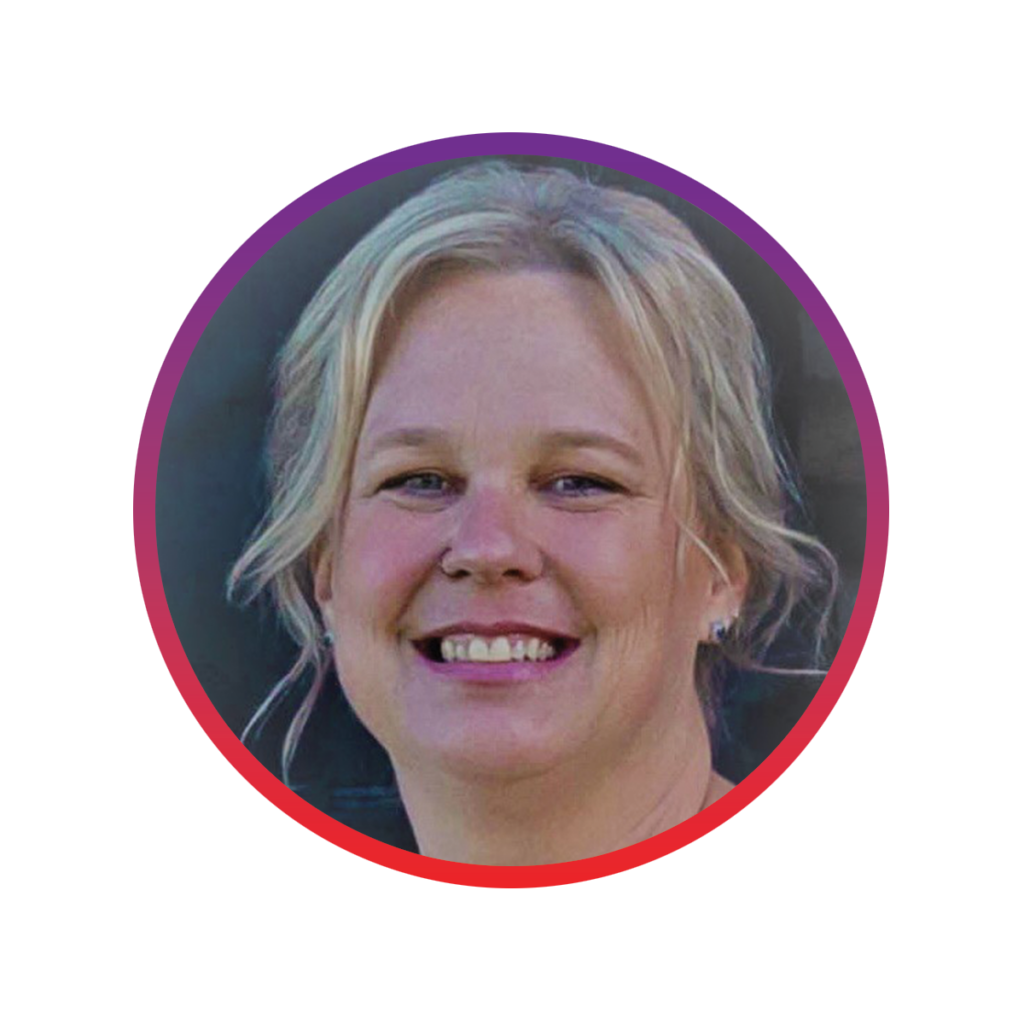Are you a leader working to build knowledge around the Science of Reading amongst your staff? Download these activities as an easily shareable PDF, or read on for following discussion ideas to get teachers talking about the Science of Reading in staff meetings, PLCs, coaching conversations, or team meetings.

Activity 1
In her article, Teaching Reading is Rocket Science: What Expert Teachers of Reading Should Know and Be Able to Do, Louisa Moats describes the responsibilities of schools, teachers, and other adults in a student’s life (Moats, 2020). A portion of this article has been summarized below.
| Schools have a fundamental responsibility to teach students how to read, as reading significantly impacts academic success and is linked to various aspects of well-being. Extensive research has been conducted to understand how children learn to read, the factors behind reading difficulties, and the crucial components of effective reading instruction. By 2000, the scientific community had reached a consensus on these issues. Subsequent decades saw further studies that built upon this knowledge, refining strategies to improve reading achievement, particularly for students struggling to learn to read. During the course of research, scientists observed brain activation patterns and rapid responses to language or text. Researchers gained insight into individual differences and responses to teaching methods. This reaffirmed and expanded upon established insights about reading and its effective instruction. Unfortunately, the latest research on effective reading instruction is just now being integrated into teacher training, commonly used curricula, and professional development. So, it is not surprising that classroom methods veer away from the recommendations from the research. This disconnect leads to low reading achievement for many students, especially those with additional challenging life factors. |
Despite decades of research and scientific consensus on how children learn to read, many schools and teachers still do not implement these evidence-based practices in their classrooms.
Discussion Prompts:
- What are the barriers that prevent the latest research from being fully integrated into classroom instruction?
- How can schools, educators, and other stakeholders overcome these barriers to ensure that all students receive effective reading instruction?
- Think about the role of professional development in this process. What changes need to be made to ensure that teachers are well-equipped to teach reading based on the most current research?
Activity 2
Take a moment to review the Scarborough Reading Rope infographic. Identify which strand(s) and/or subskills of the rope are best represented in your teaching and which are area(s) of growth for you.

Discussion Prompt:
- Identify one thing you can do in the next week to improve one of your areas of growth. Share how you intend to implement the approach.
Activity 3
As a group, identify the reading assessments your school gives to all (Tier 1), some (Tier 2), and few (Tier 3) using this Assessment Chart. Pay close attention to Tier 2 (diagnostic/prescriptive assessments) as these are the assessments that will drive instruction or intervention decisions. Consider:
- assessments given,
- the purpose of each assessment (screening, diagnostic, progress monitoring or other),
- the tier in which the assessment is given,
- the process your school uses to assess, and
- how you use the data.
Next, use this series of questions designed to guide the selection and use of assessments to further evaluate the list you’ve created. Select one or more assessments to evaluate with the questions.
Discussion Prompts:
- What do you notice about the findings?
- How can you use this newly organized information on reading assessments in your school to drive differentiation decisions for students as they learn to read, write, and spell?
About the Author

Keely Keller is the Director of Professional Programs for Teaching Channel in Eagan, Minnesota. She holds a Bachelor of Science in Special Education from St. Cloud State University, a Master’s of Arts in Education from Hamline University, and additional Director of Special Education and Principal Licensures from the University of Minnesota. Before joining Teaching Channel, Keely served students with special needs as a teacher and Special Education Coordinator in a suburban Minnesota school district. Keely has years of experience working with new teachers.
Fun fact: Keely loves to go camping in her travel trailer with family and friends.
Resources:
Moats, L. C. (2020). Teaching Reading Is Rocket Science. American Federation of Teachers. Retrieved
November 6, 2023, from https://www.aft.org/ae/summer2020/moats
Scarborough’s Reading Rope. (n.d.). Really Great Reading. Retrieved December 20, 2023, from
https://www.reallygreatreading.com/content/scarboroughs-reading-rope







